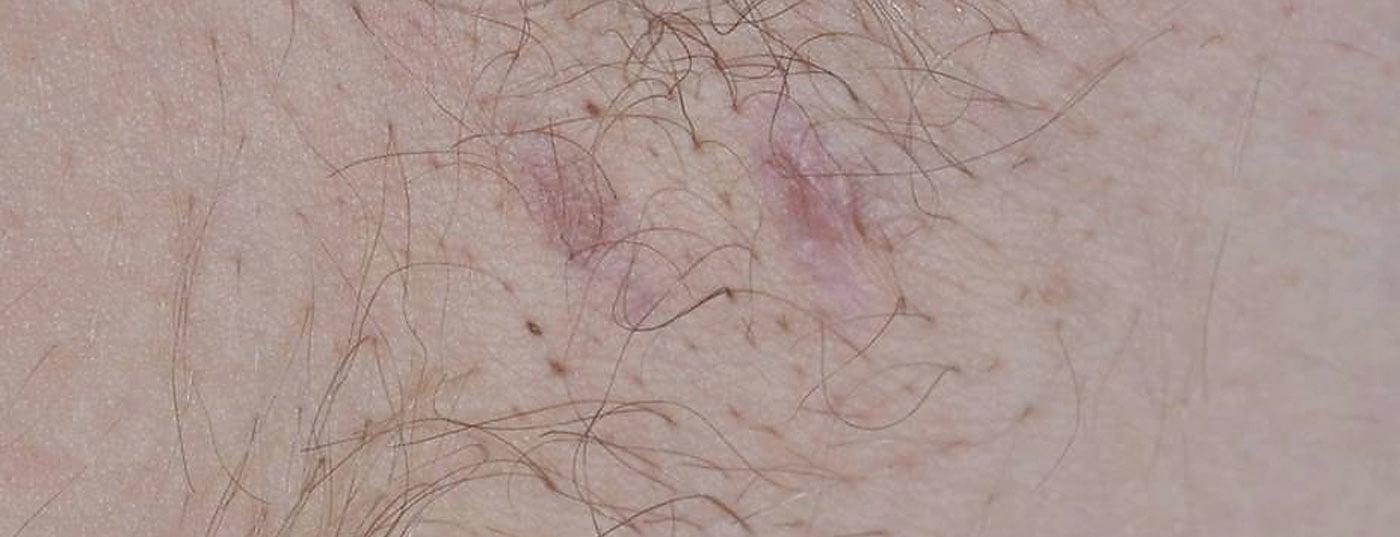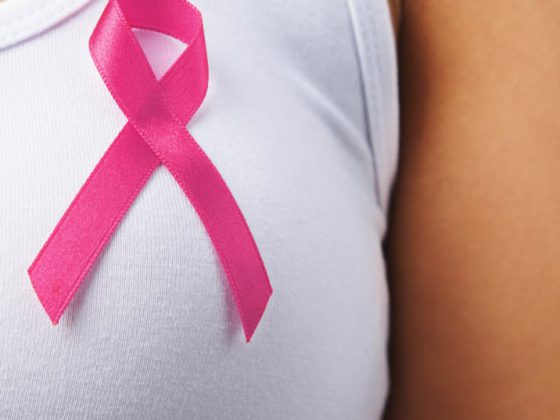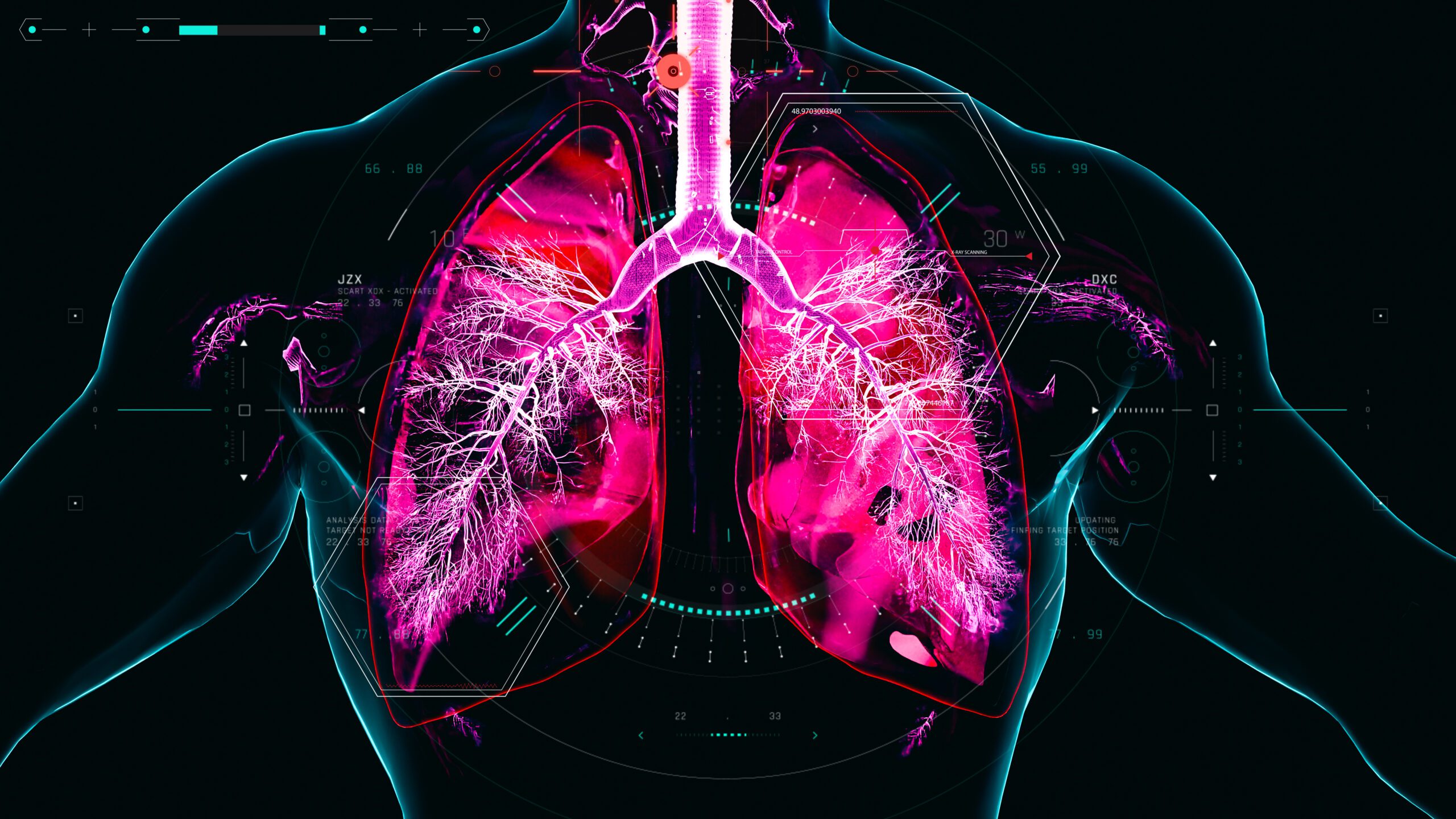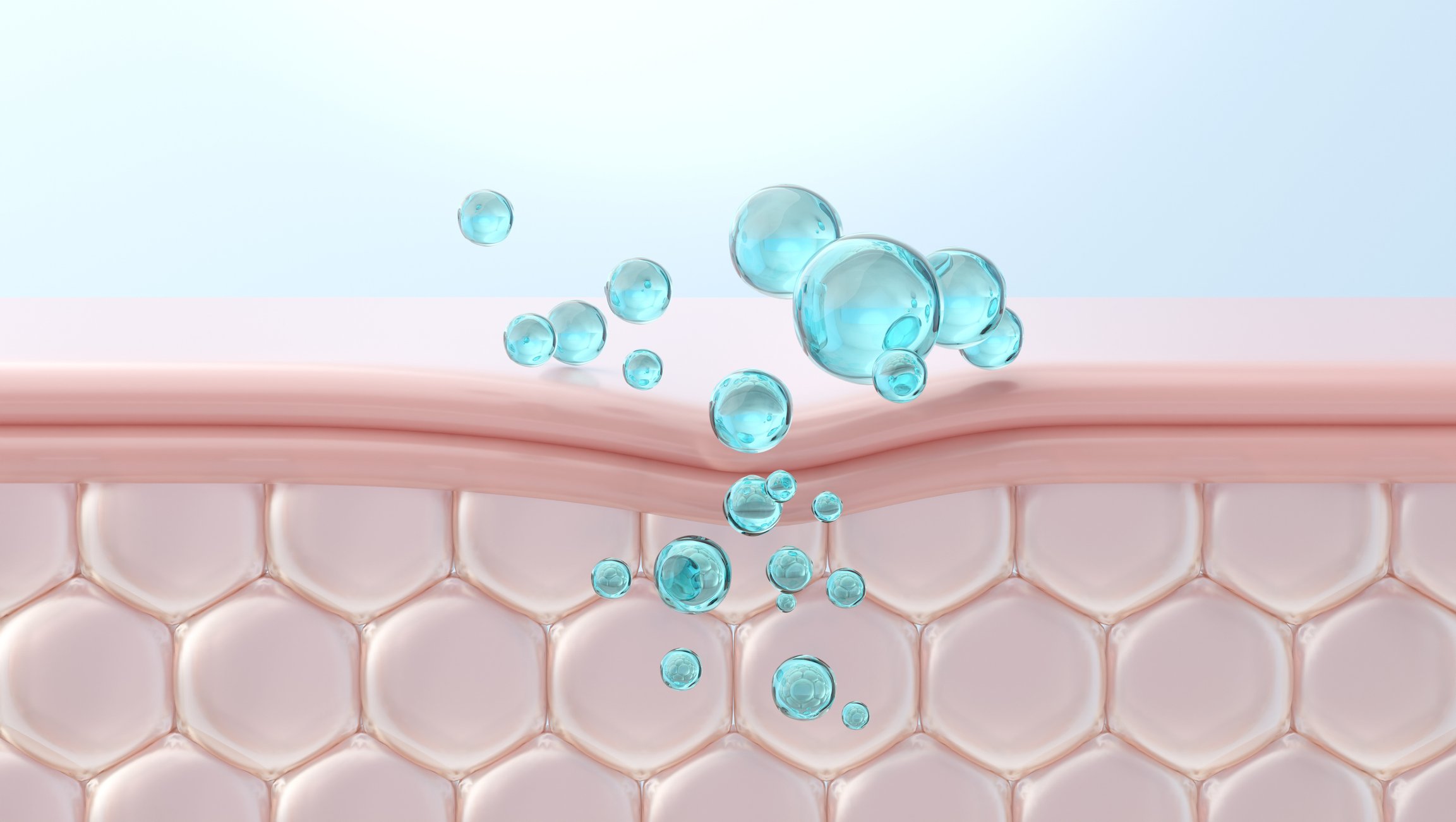Surgical treatment remains the mainstay of acne inversa therapy due to lack of alternatives. Surgical therapy consists of removal of the diseased tissue, regardless of the severity (Hurley I-III). Particularly in severe and abscessing cases (Hurley II-III), patients benefit from a radical surgical approach.
There are several surgical approaches that must be weighed against each other in advance of treatment. It is important to adapt the therapy concept to the infection situation, the localization and the severity of acne inversa. The various surgical options are described below. The basic principle is to remove all affected tissue without compromise. The excision therefore partially extends to epifascial or, if necessary, deeper [1,2]. To plan surgery, MRI can be used to visualize the extent of the disease and surrounding inflammation preoperatively [3]. The incision and drape procedures often performed in the emergency situation with abscessation represent a compromise. They should not be used outside of the emergency situation, as they are only used to control infection and should be understood as the first step of a two-stage procedure. It must always be ensured that the wound remains open for several days [4,5].
Incision/Covering
The incision or covering serves the well-known medical principle “ubi pus, ibi evacua”. The first step is to treat the abscess and thus control the infection. In the second step, the underlying condition is treated “à froid”, i.e. after the acute inflammatory reaction has subsided. The most important thing is that the wound remains open after abscess opening. Drainage can be ensured with the aid of an inserted rubber flap in the case of deep wounds or a moist compress in the case of superficial wounds, so that wound secretions and pus can drain away. If the second step in the form of complete excision is omitted, the recurrence rate is 100%. The underlying rationale for a two-stage approach is that a well-drained abscess and concomitant reduction in surrounding inflammation will minimize the extent of excision required to the tissue affected purely by acne inversa [2,4].
Wound healing
Wound closure or healing is the next challenge. After surgical removal of acne inversa, the question arises whether to aim for primary or secondary wound healing. This decision depends on several factors. The location, size, and whether the remaining tissue is infected or clean are the main criteria. An open procedure with secondary wound healing takes up to several weeks. This means restrictions for the patient in everyday life, which one would like to spare him. For this reason, one is tempted to aim for primary wound closure. In cases where it is possible to perform one, i.e., to close the wound immediately following excision, several procedures are available depending on the body region and wound size, not all of which are recommended [6].
Depending on the affected body region, however, open wound treatment is shown to be superior to primary closure in terms of recurrence and wound infection rates; this is especially true for perineal and perianal acne inversa [1–3].
Excision with open wound treatment
In-toto excision is the basic treatment concept of the surgical approach [1,2]. The combination with subsequent open wound treatment can in principle be performed for any affected body region and is considered the safest method with regard to recurrence and wound infection [4]. It is the method of choice for the perineal and perianal regions [1]. In cases of fistula tracts and pronounced findings with confluent abscesses, instillation of methylene blue via a fistula tract is helpful in intraoperative assessment of the extent of disease. The problem with open wound treatment is the formation of scar strictures and the time it takes to close the wound. To prevent strictures, later coverage with split skin or a musculocutaneous flap should be considered depending on the affected region and the extent of the defect [6].
Excision with primary closure
In mild cases (Hurley I), it has been shown that up to 66% of affected patients can be cured by excision in healthy tissue followed by primary closure. Loose wound adaptation and, if necessary, temporary insertion of a drain (e.g., rubber flap) must be preferred over tightly adapting sutures in this case [7].
Excision with flapplasty
Flap closure can be primary or secondary, with a displacement flap or with a perfused musculocutaneous flap. In principle, the pedunculated, vascularized musculocutaneous flap should be given preference because, in contrast to the displacement flap, it does not originate from the immediate vicinity of acne inversa. The displacement flap may be musculocutaneous or consist only of skin and subcutaneous tissue. It originates from the wound margin area, therefore its tissue was often included in the accompanying inflammatory reaction without having been directly affected by acne inversa. In the course of the procedure, therefore, wound healing disorders are more frequent, which can lead to flap loss. The method is not recommended for this reason. Pedicled musculocutaneous flap plasty is particularly suitable for the axillary and inguinal regions. The defect size sets its limits for this method [2,5].
Excision with split skin cover
Split-thickness skin coverage is certainly the most recommended, as it is the safest method of wound closure and can be used everywhere with good functional results, with the exception of the perineum and perianal region. Cosmetically, the results of flap plasty are more appealing, but the split-skin method is still preferred because it is safer and can be repeated if the entire graft does not grow. Like flap procedures, split-skin coverage offers the advantage of accelerating wound closure and preventing scar strictures; in addition, defects can be covered with a high degree of safety regardless of their size. The excision is followed by conditioning of the wound bed, for this purpose the VAC dressing technique is usually used today, which consists in stopping the wound to granulate by applying a negative pressure. If there is a sufficient bed of granulation tissue, i.e. the supply of the split skin is ensured, the transplantation can be performed. Patients are hospitalized after surgery until the split skin grows [2,4,5].
Summary
Surgical treatment of acne inversa consists in the uncompromising removal of the affected tissue areas. Open wound treatment can always be performed and offers a high degree of safety with regard to freedom from recurrence and wound infection. Except in the perianal and perineal region, the time of wound healing can be shortened by split skin coverage, with great safety for the patient and as a repeatable method. For axillae and groin, pedicled flap plasty is another wound closure option with good cosmetic results.
Gerald Gubler, MD
Daniel Dindo, MD
Literature:
- Wollina U, et al: Management of Severe Anogenital Acne Inversa (Hidradenitis Suppurativa). Dermatol Surg 2012; 38: 110-117.
- Ellis LZ: Hidradenitis Suppurativa: Surgical and Other Management Techniques. Dermatol Surg 2012; 38: 517-536.
- Büyükasik O, et al: Surgical Approach to Extensive Hidradenitis Suppurativa. Dermatol Surg 2011; 37: 835-842.
- Ritz JP, et al: Extent of surgery and recurrence rate of hidradenitis suppurativa. Int J Colorect Dis 1998; 13: 164-168.
- van Hattem S, et al: Surgical Treatment of Sinuses by Deroofing in Hidradenitis Suppurativa. Dermatol Surg 2012; 38: 494-497.
- Wormald JCR, et al: Surgical treatment of severe hidradenitis suppurativa of the axilla : thoracodorsal artery perforator (TDAP) flap verses split skin graft. Journal of Plastic, Reconstructive & Aesthetic Surgery 2014; 67: 1118-1124.
- van Rappard DC, et al: Mild to moderate hidradenitis suppurativa treated with local excision an primary closure. JEADV 2012; 26: 898-902.
DERMATOLOGIE PRAXIS 2015; 25(1): 11-12












